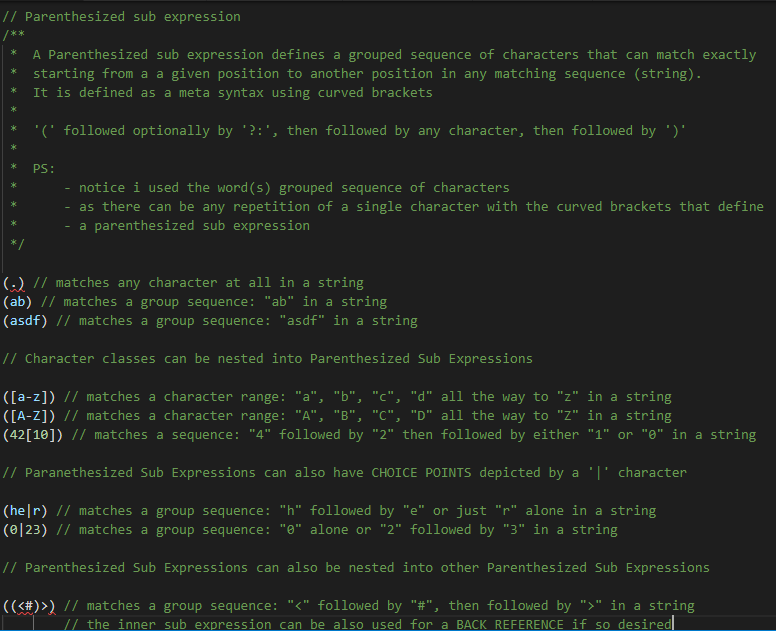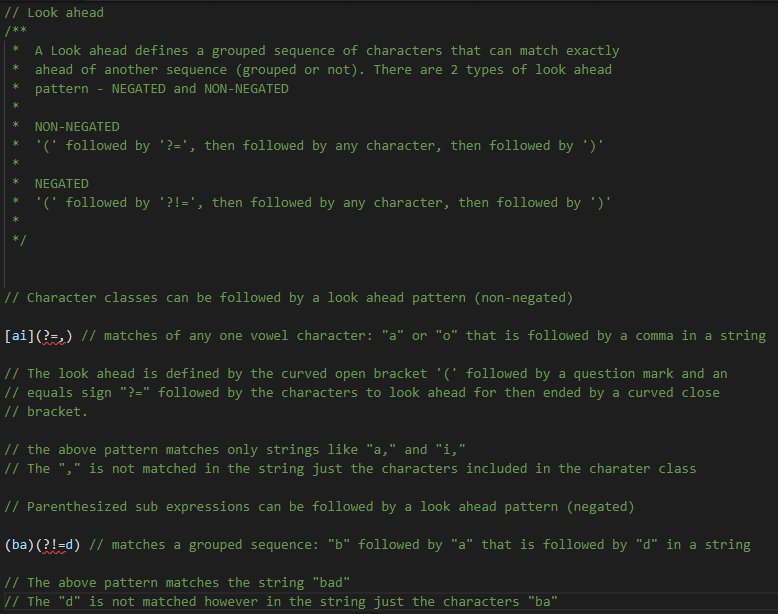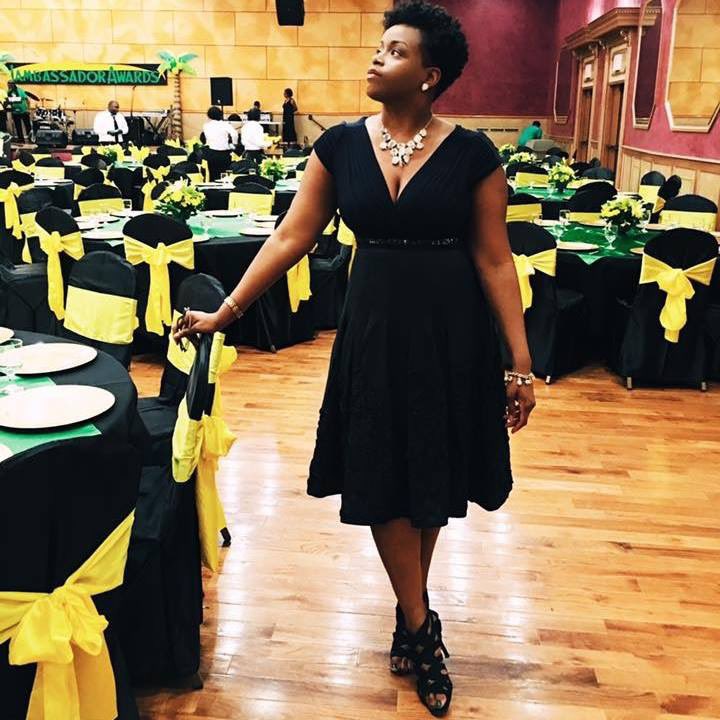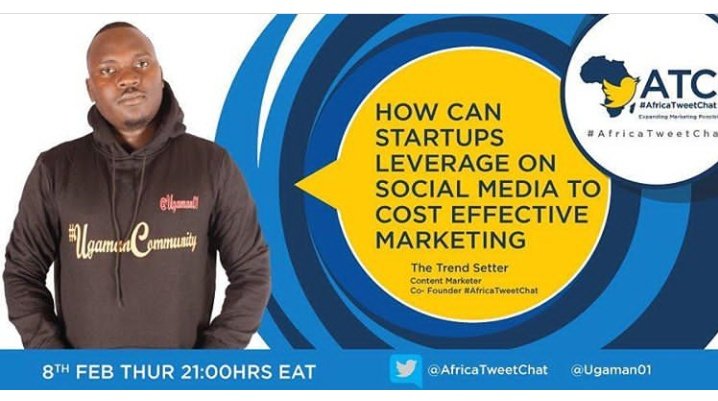cc @NellyTadi @Jayydubby @Patrick01_Codes
So, today i am going to be talking about regexs or regular expressions and how formulate them in 2 programming languages. We are going to start with the basics and from there we will look at the meta syntax combinations that come together to make...
Regular Expressions are sequence of characters that define a pattern that is always finite, unambiguous or unaffected by context.
Regular expressions are made up of certain meta characters. These are characters we are already used to and connote meaning that pertain to the...
These ASCII characters - e.g. "a", "[" , "]", "b", "u", "(", ")", ':") are characters that infer or target a matching sequences a.k.a a string which are the building blocks of any regular pattern you'll ever develop.
These meta characters have to be arranged in specific ways to achieve what is called the meta syntax. meta syntax follow rules...
They are as follows and are the bedrock of regular expressions either in #JavaScript OR #Python
2. parenthesized sub expressions (a.k.a groups)
3. look aheads (negated and non-negated)
4. look behinds (negated and non-negated)
5. back tracers
6. quantifiers
7. boundary checkers
Remember character classes match single characters only in a string.
They are also very very closely associated with BACK TRACES a.k.a ...
LOOK AHEADS next!
Before we go to LOOK AHEADS, there is something worth mentioning about how to jump BACK TRACES
Now, LOOK AHEADS are as the name implies do some "looking ahead" of a pattern you wish to match in a string (matching sequence).
LOOK AHEADS also have a certain property of matching only what precedes it.
See example below:
As before if you have any questions, you can ask as a reply to this question.
There are 2 types of LOOK BEHIND patterns.
1. a non-negated look behind
2. a negated look behind
If you would like to know more about BACK TRACES / BACK REFERENCES please find content on #WikiPedia
















